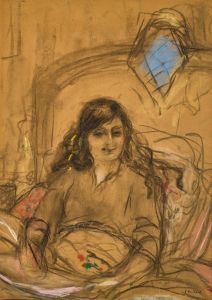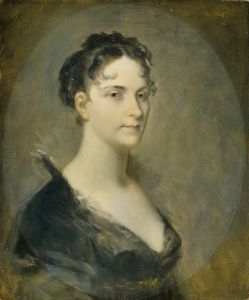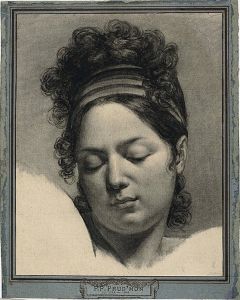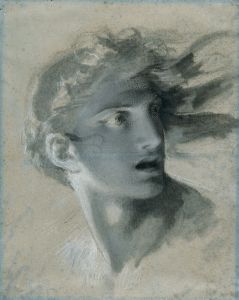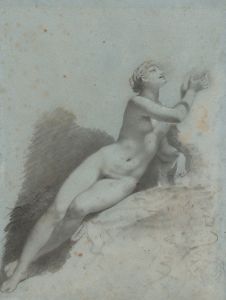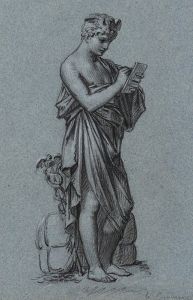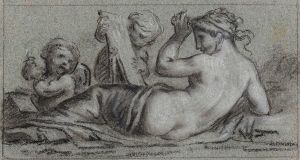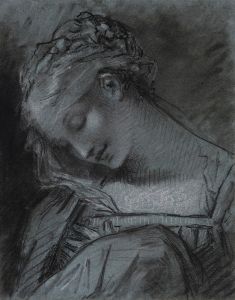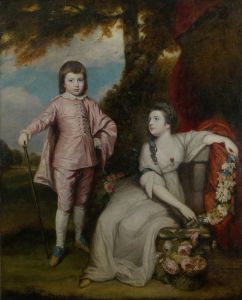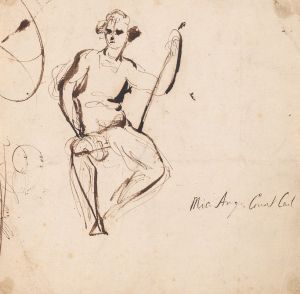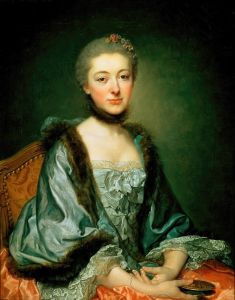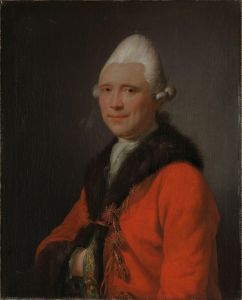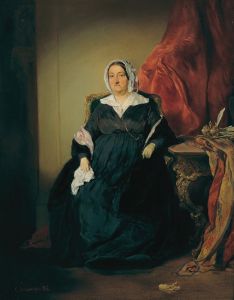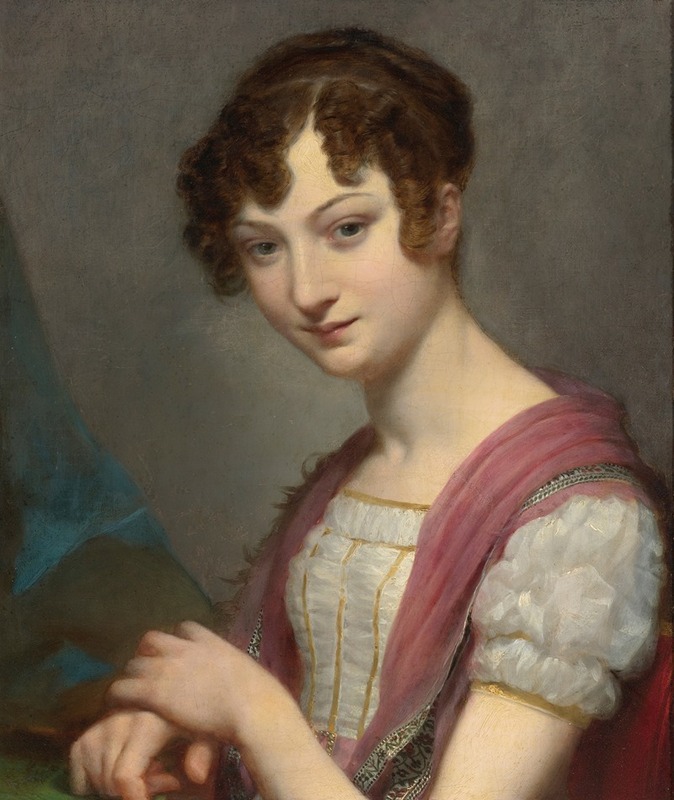
Lavinie Barbier-Walbonne, Later Baronne Darriule
A hand-painted replica of Pierre-Paul Prud'hon’s masterpiece Lavinie Barbier-Walbonne, Later Baronne Darriule, meticulously crafted by professional artists to capture the true essence of the original. Each piece is created with museum-quality canvas and rare mineral pigments, carefully painted by experienced artists with delicate brushstrokes and rich, layered colors to perfectly recreate the texture of the original artwork. Unlike machine-printed reproductions, this hand-painted version brings the painting to life, infused with the artist’s emotions and skill in every stroke. Whether for personal collection or home decoration, it instantly elevates the artistic atmosphere of any space.
Pierre-Paul Prud'hon was a renowned French painter known for his distinctive style that combined elements of Neoclassicism and Romanticism. One of his notable works is the portrait titled "Lavinie Barbier-Walbonne, Later Baronne Darriule." This painting exemplifies Prud'hon's skill in capturing the grace and elegance of his subjects, as well as his ability to convey a sense of intimacy and psychological depth.
Lavinie Barbier-Walbonne, the subject of the portrait, was a notable figure in her own right. She later became known as Baronne Darriule, indicating her elevated social status. The painting is a testament to Prud'hon's ability to portray the refined and sophisticated nature of his sitters, often highlighting their social standing and personal attributes through his art.
Prud'hon's technique in this portrait is characterized by his use of soft, diffused lighting and delicate brushwork, which lend the painting a dreamlike quality. This approach is typical of Prud'hon's work, where he often employed a subtle palette and gentle transitions between light and shadow to create a sense of depth and volume. The result is a portrait that not only captures the physical likeness of Lavinie Barbier-Walbonne but also suggests her inner character and poise.
The composition of the painting is carefully balanced, with the figure of Lavinie positioned in a way that draws the viewer's attention to her face and expression. Prud'hon's attention to detail is evident in the rendering of her attire and the surrounding elements, which are depicted with a level of precision that enhances the overall realism of the work. Despite the formal nature of the portrait, there is an underlying warmth and sensitivity that reflects Prud'hon's ability to connect with his subjects on a personal level.
Prud'hon's work was highly regarded during his lifetime, and he was often commissioned to paint portraits of prominent individuals in French society. His ability to blend classical ideals with a more emotive and personal approach set him apart from many of his contemporaries. The portrait of Lavinie Barbier-Walbonne is a prime example of this unique style, showcasing Prud'hon's mastery of both technique and expression.
Today, Pierre-Paul Prud'hon's portraits, including that of Lavinie Barbier-Walbonne, are celebrated for their artistic merit and historical significance. They offer insight into the cultural and social milieu of early 19th-century France, as well as the personal stories of the individuals depicted. Prud'hon's work continues to be studied and admired for its contribution to the development of portrait painting and its enduring appeal to art enthusiasts and historians alike.





